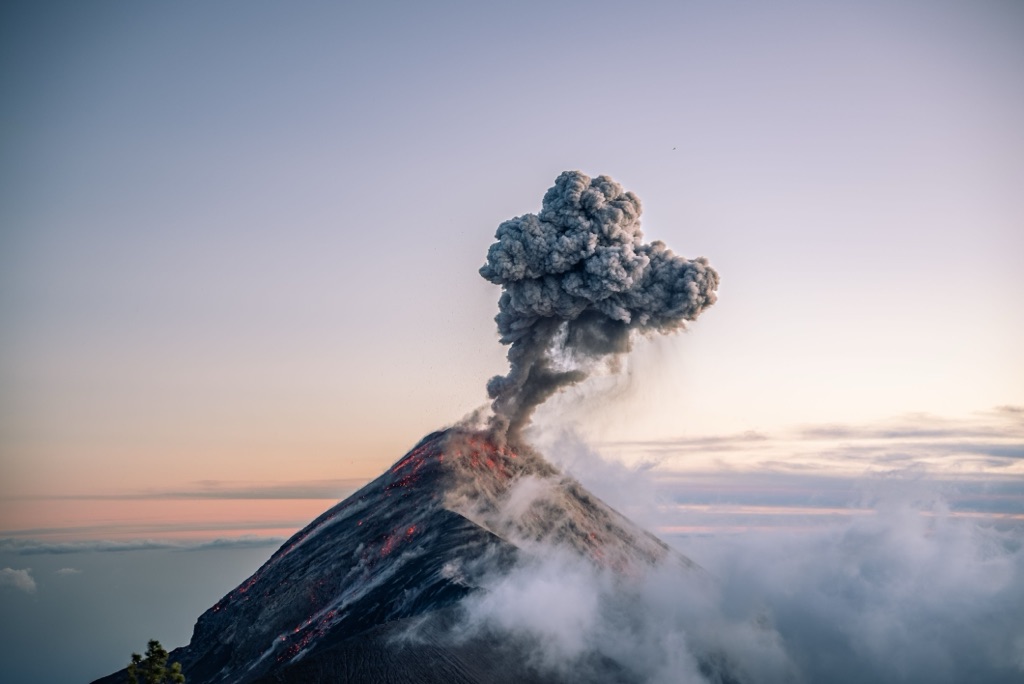Volcanoes are among the most fascinating and powerful natural phenomena on Earth. They shape landscapes, create new land, and even influence climate patterns. For many, the allure of volcanoes lies in their raw, untamed power and the mystery of what lies beneath the Earth’s crust.
Living near an active volcano adds an element of unpredictability and excitement to life. The Upper Peninsula of Michigan, with its deep Lake Superior and the Porcupine Mountains, was shaped by ancient volcanic activity. These geological wonders are a testament to the immense forces at play beneath our feet.
Volcanoes come in various forms, each with unique characteristics. The Hawaiian Islands, for instance, are home to some of the most active volcanoes, like Mauna Loa and Mauna Kea. These shield volcanoes are formed by plumes of magma rising from the mantle, creating new land as they erupt. The process is ongoing, with the Big Island of Hawaii continually expanding.
There are different types of lava, which affect the shape and behavior of volcanoes. Pāhoehoe lava is thick and slow-moving, creating steep-sided mountains. In contrast, ‘A’ā lava is runnier, forming broad, shield-like mountains as it flows quickly across the landscape.
Europe is also home to significant volcanic activity. Stromboli, known as the Lighthouse of the Mediterranean, is a consistently active volcano north of Sicily. Mount Vesuvius, infamous for its eruption in 79 AD that buried Pompeii, remains a formidable stratovolcano, characterized by its layered structure built over centuries.
In the United States, Mount St. Helens’ eruption in 1980 was a stark reminder of the power of these natural wonders. The explosion, which blew out the side of the mountain, showcased the unpredictable nature of volcanic activity.
Volcanoes also play a critical role in Iceland’s unique landscape. The island nation, dotted with active volcanoes and geothermal features like geysers and hot springs, owes much of its beauty to volcanic activity. The eruption of the Grimsvötn volcano in 1996, which caused significant disruption, highlights the ever-present risk and awe-inspiring power of these geological giants.
Volcanoes do more than shape the land; they also bring valuable minerals to the surface. From basalt and rhyolite to pumice and obsidian, these materials have various uses, from construction to crafting tools and jewelry.
Despite their destructive potential, volcanoes are essential for life on Earth. They create new land, enrich the soil with minerals, and provide geothermal energy. Understanding and respecting these powerful natural formations is crucial for coexisting with them safely.
For those fascinated by geology and natural wonders, visiting a volcano can be a transformative experience. Whether hiking around a caldera in Iceland or exploring the volcanic landscapes of Hawaii, these encounters offer a deeper appreciation for the dynamic forces that shape our planet.
So, next time you look at a mountain or a deep lake, remember the fiery origins that may lie beneath. And if you ever get the chance, visit a volcano and witness firsthand the incredible power of the Earth’s inner workings.

